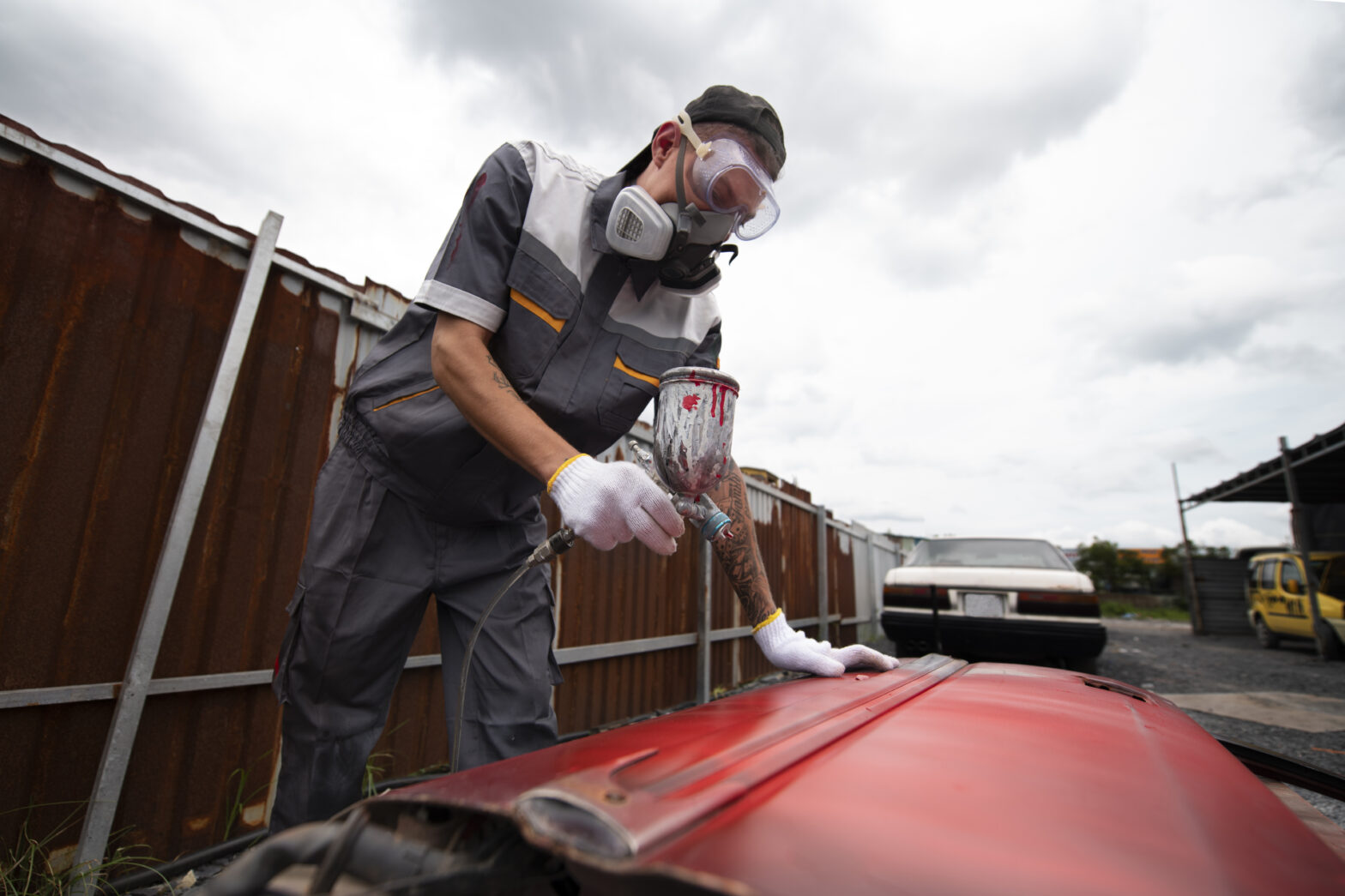Roofs are one of the most important parts of a home. They keep us safe from the sun, rain, wind, and snow. But over time, every roof faces problems like leaks, cracks, or water damage. Repairing or replacing a roof can be costly, stressful, and time-consuming.
That’s where liquid roofing solutions come in. They are modern, reliable, and affordable ways to protect your roof without needing a full replacement. In this blog, we’ll explain what liquid roofing is, how it works, its benefits, and why it’s a great choice for homeowners.
What Is Liquid Roofing?
Liquid roofing is a protective coating applied directly on top of an existing roof. It’s made from waterproof liquid materials that, once applied, dry into a strong and flexible layer. This layer acts like a shield, keeping water and weather from damaging your roof.
Instead of replacing the whole roof, liquid roofing simply adds an extra layer of protection. It’s suitable for flat roofs, sloped roofs, concrete, metal, and even asphalt surfaces.
How Liquid Roofing Works
The process of liquid roofing is simple but very effective:
- Cleaning the Roof: Before applying, the roof is cleaned to remove dirt, debris, and loose materials.
- Repairing Small Cracks: Any small cracks or holes are sealed to prepare for the coating.
- Applying the Liquid: The liquid roofing material is spread evenly using rollers, brushes, or spray machines.
- Drying and Sealing: Once dry, it forms a seamless waterproof layer with no gaps or joints.
Because the liquid spreads smoothly, it covers every corner and surface—even hard-to-reach areas where leaks usually start.
Benefits of Liquid Roofing Solutions
1. Stops Leaks Quickly
Leaks are one of the biggest issues homeowners face. Water can enter through tiny cracks and cause damage to ceilings, walls, and furniture. Liquid roofing creates a waterproof barrier that stops leaks instantly and prevents new ones from forming.
2. Extends Roof Life
Instead of replacing your roof, you can extend its life by applying liquid coating. This extra layer protects against weather, sunlight, and moisture, allowing your roof to last many more years without major repairs.
3. Saves Money
Roof replacement is very expensive. Liquid roofing is a more affordable option because it requires less material, less time, and fewer workers. You don’t have to remove the old roof you just cover it with a protective coating.
4. Energy Efficient
Many liquid roofing materials reflect sunlight, keeping your home cooler in the summer. This reduces the need for air conditioning, which lowers your energy bills and makes your home eco-friendly.
5. Quick Installation
Traditional roof repairs can take days or even weeks. Liquid roofing can be applied in a short time, depending on the size of the roof. This means less disruption to your daily life.
6. Flexible and Durable
Liquid roofing doesn’t crack or break easily because it’s flexible. It can expand and contract with the weather—so whether it’s hot, cold, rainy, or snowy, it keeps your roof safe.
7. Eco-Friendly Option
Liquid roofing reduces waste because you don’t need to remove the old roof. Plus, some coatings are made with environmentally friendly materials, making it a sustainable choice.
Where Can Liquid Roofing Be Used?
Liquid roofing is versatile and works on different types of roofs:
- Flat Roofs: Perfect for homes, garages, or commercial buildings with flat surfaces.
- Metal Roofs: Protects against rust and corrosion.
- Concrete Roofs: Seals cracks and prevents water entry.
- Asphalt Roofs: Adds an extra layer of strength and weather protection.
- Extensions and Sheds: Great for smaller roof areas that still need waterproofing.
Common Problems Liquid Roofing Prevents
- Water Leaks – Seals gaps and stops water from seeping inside.
- Mold and Dampness – Prevents damp conditions that cause mold growth.
- UV Damage – Reflects sunlight and protects the roof from cracking.
- Rust and Corrosion – Especially useful for metal roofs.
- Structural Weakness – Strengthens the roof surface to handle daily wear and tear.
How Long Does Liquid Roofing Last?
Liquid roofing is not just a quick fix—it’s a long-lasting solution. Depending on the product and quality of installation, it can last between 15 to 25 years. With proper maintenance, it can even last longer, giving you peace of mind for decades.
Why Homeowners Choose Liquid Roofing
- They don’t want to spend a huge amount on roof replacement.
- They need a fast, reliable solution for leaks.
- They want an eco-friendly option with less waste.
- They want to protect their home without major construction work.
For many, liquid roofing offers the perfect balance of affordability, durability, and convenience.
Simple Maintenance Tips After Liquid Roofing
To keep your roof in top shape after applying liquid roofing, follow these easy steps:
- Check Regularly: Inspect your roof twice a year and after storms.
- Keep It Clean: Remove debris like leaves, branches, or dirt.
- Clear Gutters: Make sure rainwater flows away smoothly.
- Repair Early: Fix small cracks or damage before they grow bigger.
Final Thoughts
Your roof is your home’s first line of defense, and protecting it should be a priority. Liquid roofing solutions provide an affordable, quick, and long-lasting way to safeguard your house from leaks, weather, and damage.
Instead of spending a fortune on replacement, you can strengthen your current roof with this modern method. It saves money, increases energy efficiency, and keeps your home safe for many years.
If you’re looking for a smart way to care for your roof, liquid roofing solutions may be the perfect answer.

